| #90 | Bandai Playdia (1994) |
|||||
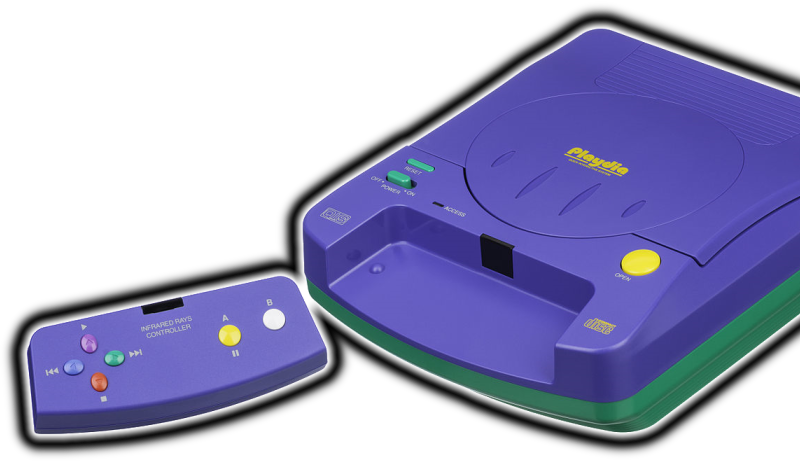 |
||||||
This Japan-only console mainly focused on "interactive movie" style games, which were a fad at the time. These were basically videos that the console would play and every now and then the player would choose a branching path (that would usually get them killed more often than not). Admittedly there were some exceptions, there were some crude traditional games here and there, some dating sims, and some educational software too, but the system's forte was with these FMV titles. The only other notable thing was that this had a wireless controller, which was rare at the time. All in all a system of limited entertainment value, and it wasn't particularly cheap either. |
||||||
| ------------------------------------------------------------------------------------------------------------ | ||||||
| #89 | Action Max (1987) |
|||||
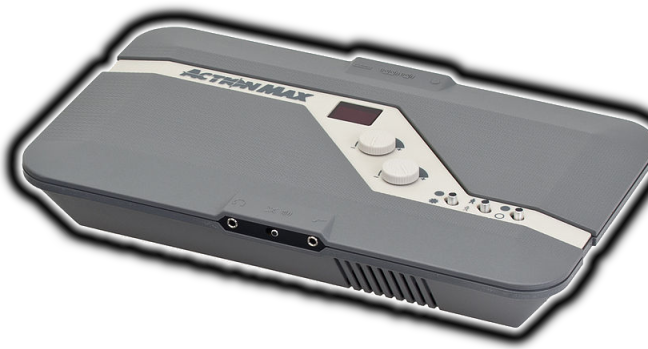 |
||||||
For a time in the late 1980s there was a short-lived move to incorporate VHS tapes into gaming. I guess the thinking was that they could leapfrog the competition and provide photo-realistic graphics right then and there, but of course this set-up is really not suited to video gaming at all due to an almost complete lack of interactivity. The action max was one of these machines and this particular one was focused on lightgun games, you'd play the live action video on the television whilst shooting at the screen and it would tally your score up on the console itself. Its as limited as it sounds, nothing on-screen would react to anything the player was doing and it would always run through the same footage to the end regardless of how well you did. Frankly Duck Hunt was better. |
||||||
| ------------------------------------------------------------------------------------------------------------ | ||||||
| #88 | Takara Video Challenger (1987) |
|||||
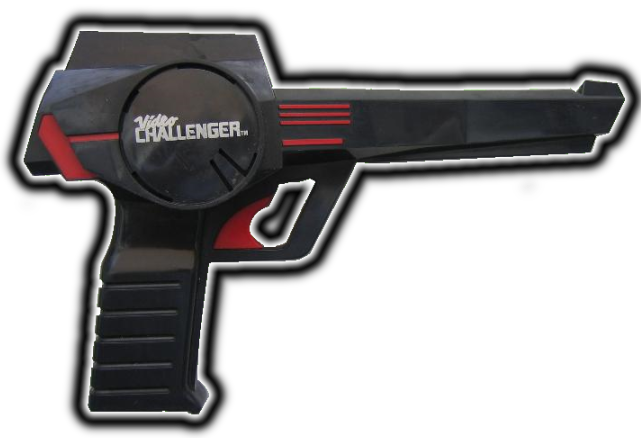 |
||||||
This one was very similar to the previous console, except it was from Japan and most of the VHS games available were cartoon-based as opposed to live action, with some being based on popular licenses like The Turtles, and others being butchered ports of actual video games. The console itself also subtracted the number of times the player was "shot" from his score, so it was a little more advanced and interactive than the Action Max, but still pretty awful all in all. |
||||||
| ------------------------------------------------------------------------------------------------------------ | ||||||
| #87 | Sega Video Driver (1988) |
|||||
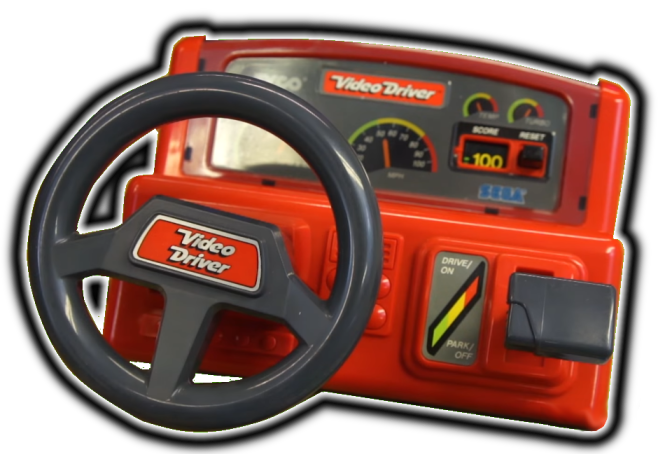 |
||||||
This was a little known VHS console from Sega where a model car controlled by the player moved back and forth on a rail in front of the TV whilst the footage of someone else driving through the streets plays on the Television screen! At the bottom of the screen is a white bar that moves around and the little car has a sensor checking when its in front of this white bar, when it is the console registers a crash and decreases your score. Its all kind of surreal. Like all of these VHS consoles the novelty wears off pretty fast but at least its a step up from the lightgun machines. |
||||||
| ------------------------------------------------------------------------------------------------------------ | ||||||
| #86 | View-Master Interactive Vision (1989) |
|||||
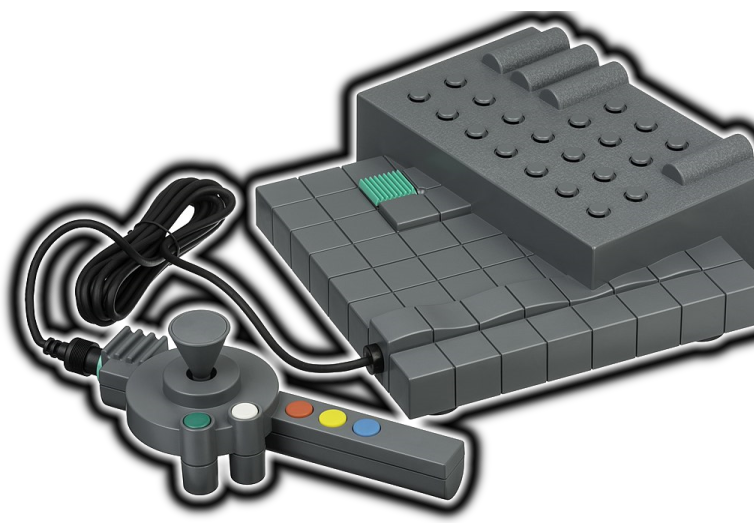 |
||||||
The final and possibly most interesting of the four VHS consoles of the third gen. Unlike the previous three this actually had some proper console hardware and a clever idea backing it up. The console can overlay graphics on top of the video whilst its being played and could also silence one or the other of the two audio tracks from the VHS. So the creators could effectively shoot a video with multiple scenarios presented in split screen, and after the player chose a scenario they could obscure the unchosen footage and silence its corresponding audio. Other than that they can place a cursor and other interactive elements on top of the footage for other tasks, and there were even some full screen overlaid sections with conventional gameplay (though these really do serve to highlight just how out of date the hardware itself was). A clever idea but still quite limited, and this one was expensive too. |
||||||
| ---------------------------------------------------------------------------------------------------------------------- | ||||||
| ---------------------------------------------------------------------------------------------------------------------- | ||||||
| #85 | Casio Loopy (1995) |
|||||
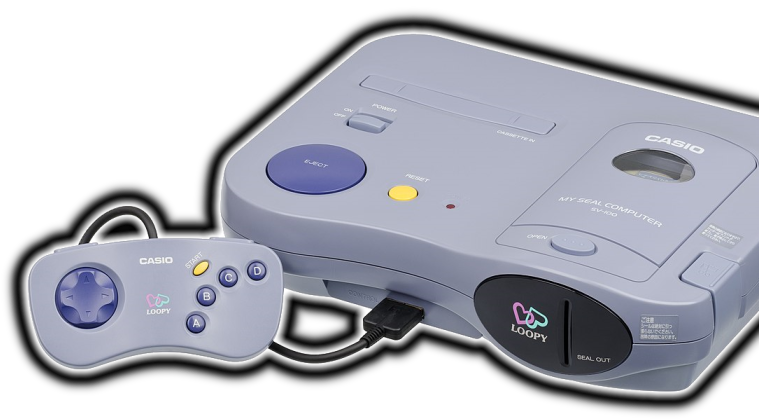 |
||||||
It took me a while to decide whether to include this one. So basically this was a console mainly focused around drawing and dress-up-the-character style programs, as well as music maker utilities and such. The main draw was that it could print out stickers, so you'd design your character or do a piece of art or some such and then print out stickers of your design. It did however have a least one actual game, called "Bow Wow Puppy Adventure" which was a sort of adventure game so I decided it was a borderline case for inclusion. Anyway, it was really little more than an expensive novelty and there wasn't that much software made for it. |
||||||
| ------------------------------------------------------------------------------------------------------------ | ||||||
| #84 | VTech V.Smile (2004) |
|||||
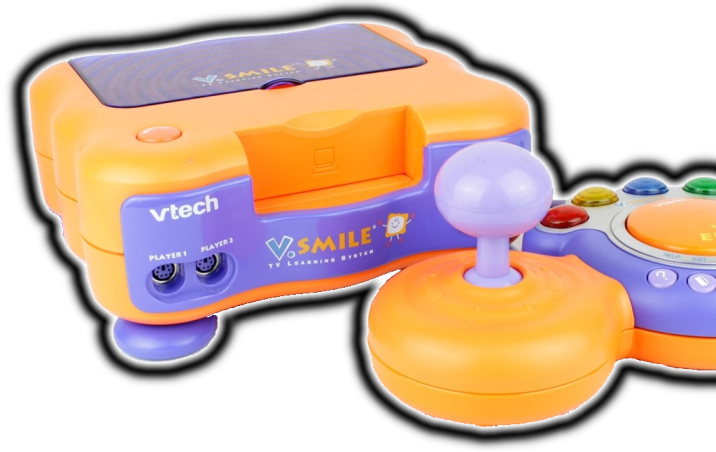 |
||||||
I debated with myself endlessly on whether to include so called "edutainment" consoles in this list, are they really video game consoles? Or are they something completely different? In the end I included them simply because I felt that their absence would be noticed and mentioned if left out! To be honest these systems always did have a number of actual games made for them anyway, and its not like there are that many of them so why not just chuck them all in too? I'm going to be honest here though I really don't have a very high opinion of most, if any of these machines, and really I just see them primarily as a case of "new money for old rope" most of them were using hardware that was crazy out of date for the time in which they were released, and the libraries are often limited just to basic maths and spelling games, the types of games which have always existed on consoles since the very beginning. If you wanted to buy an NES, and just purchased nothing but Donkey Kong Jr Math and Sesame Street games then you would essentially have a so-called "edutainment console". Anyway, this particular one was basically akin to a hamstrung Super Nintendo released 14 years late, there were no gimmicks and the software library was small and unnotable. |
||||||
| ------------------------------------------------------------------------------------------------------------ | ||||||
| #83 | VTech V.Flash (2006) |
|||||
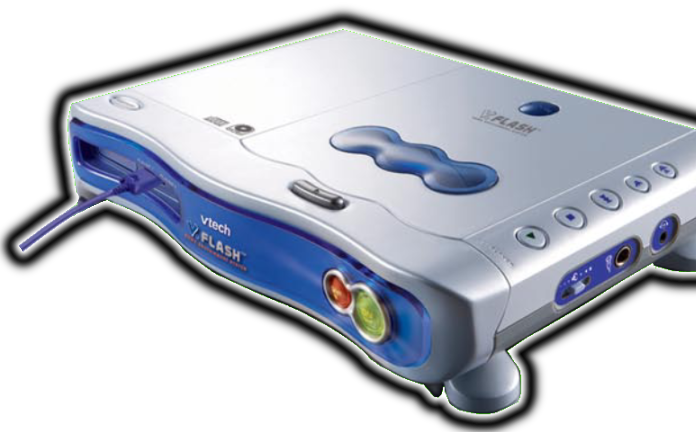 |
||||||
This one is the successor to the previous console, it came out 2 years after the V.Smile but is more akin to a hamstrung PS1 type console than a SNES, so I guess they were making some progress at least! The games on the system are largely a mix of 2D and 3D platformers. Every now and then the action will stop and the player will be faced with a math or spelling problem that they have to solve in order to progress. The system had around ten games released for it, funnily enough, the Nintendo Wii, which was available at the same time actually had about 40 or 50 more edutainment games released on it than the V.Flash managed! One thing I will say about the consoles creators V-Tech though, they had a much longer history in console gaming than I'd realised before making the list, they'd been releasing consoles since the early 80s! Of course none of them are that notable really, I just thought it interesting that with four consoles on the list I think they were the fifth most prolific console manufacturer! |
||||||
| ------------------------------------------------------------------------------------------------------------ | ||||||
| #82 | Gakken Compact Vision TV Boy (1983) |
|||||
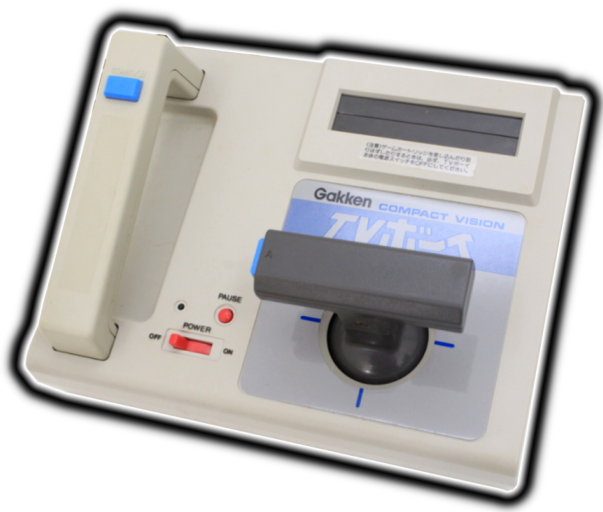 |
||||||
This was an awful Japanese-exclusive console from Gakken that has an unwieldy handle controller that's attached to the console itself! And while using it you had to hold another handle with your left hand to keep the console steady! The system really is a failure in all aspects, firstly the hardware was woefully underpowered for the time, it arrived after the release of the NES but its games looked noticeably inferior even to Atari 2600 games! Secondly due to the nature of the console and its controls it did of course only support 1-player games, and lastly the software library was tiny, with only something like six barely adequate games released in total. Its only value really is as a weird obscurity to be honest. |
||||||
| ------------------------------------------------------------------------------------------------------------ | ||||||
| #81 | Soundicvision (1983) |
|||||
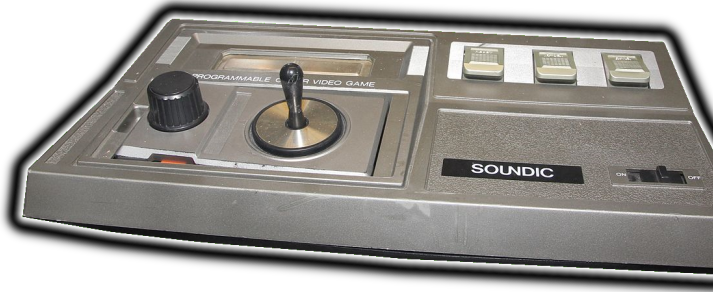 |
||||||
The Soundicvision was a largely unknown console from Hong Kong made by a company called Soundic, this was a successor hardware to their very popular "Programmable TV Game" series of budget consoles (which are often referred to as PC50X consoles these days). Soundic would design and sell these machines themselves but they would also lease out the design to other companies across the world who would produce their own versions. The Soundicvision and its clones never caught on in Europe in the same way as their predecessors though, the hardware was just too outdated by this stage. As an aside these machines are quite difficult to classify into generations for reasons I'll just get into here. So, in the beginning consoles could only really play one game, at first that one game was pong but later on in the 1st generation you would get machines that had a computer chip in them specifically designed to play nothing but Tank Combat, or maybe just a Pinball game or such. With the second generation came the idea of putting CPU's into the consoles that could read data from a cartridge, so a manufacturer could make a variety of different games for the system over time. Now, Soundic, as well as Coleco with their Telstar Arcade console came up with a different idea, they just put all the hardware in the cartridges instead of the console! So all those different dedicated 1st generation consoles kinda' ended up being turned into cartridges for their systems. The Soundicvision, as well as a few Japanese consoles went one step further though, and actually put a CPU and the game data in every cartridge, bringing them closer in line to the 2nd gen systems. Anyway, as touched upon, it was a very out of date hardware with few games |
||||||
| ------------------------------------------------------------------------------------------------------------ | ||||||